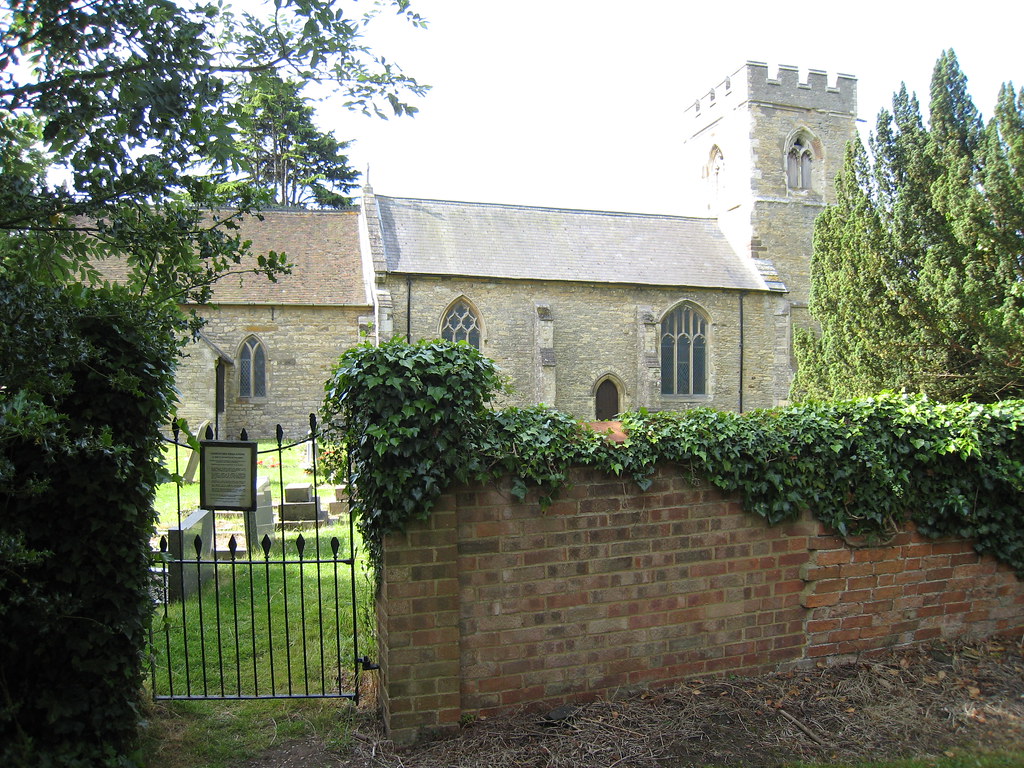Newer cities created on grid patterns often used street naming systems based on numbers. The closest street to an important urban feature became 1st Street. Numbers increased from there. Distinct patterns emerged in different cities, of course. Maybe numbered streets increased outward in two directions, north and south or east and west. Plenty of other variations existed too.
I wondered about the highest numbered street, though. Apparently a lot of other people on the Intertubes wanted to know the same thing according to what I found as I searched. Specifically though, I sought something within a single city in a generally contiguous manner. There shouldn’t be huge gaps. Otherwise I’d look at something like 1010th Street way outside of Eau Claire, Wisconsin and be done with it.
New York City

New York City seemed like a logical starting point. The city sprawled densely across five boroughs and used a numerical grid for much of it. The highest numbered street seemed to land in the Glen Oaks neighborhood of Queens. There, way out on the distant edge of the city near its border with Nassau County, appeared 271st Street. This quiet middle class neighborhood consisted primarily of a large garden apartment complex. On 271st St. however, just three blocks long, the houses all appeared to be detached single-family homes (map).
This neighborhood sat so far away from the action that it contained an actual farm. A farm in New York City? Well, actually, that might be a slight exaggeration. A few blocks away from 271st Street stood the Queens County Farm Museum. I guess that counted as a farm in a sense. As the museum explained,
“Queens County Farm Museum’s history dates back to 1697; it occupies New York City’s largest remaining tract of undisturbed farmland. The farm encompasses a 47-acre parcel that is the longest continuously farmed site in New York State.”
Where could someone go on a hay ride in New York City? Only way out near 271st Street, I’d imagine.
Washington, DC
I figured I could also look closer to home in the District of Columbia. With Washington being so much smaller than New York City, I certainly wouldn’t expect it to reach the same number. However, it did have a nice grid divided into quadrants. Looking near the right angles of its rectangular border should help me find the largest street numbers. They ran north-south in the nation’s capital. The western cornerstone fell in what is now Virginia so that wouldn’t work. That left the streets near the eastern cornerstone as the best place to search.
There I found 63rd Street Northeast as probably the highest number street in the District of Columbia (map). These four blocks featured mostly modest brick duplexes with a few small apartments. The boundary stone sat about a block farther to the east near the intersections of Southern and Eastern Avenues. Some maps called this the East Corner neighborhood appropriately enough, although I couldn’t find any more information about it. The cornerstone near 63rd Street, one should note, went through a re-dedication recently after many years of neglect.
The highest numbered street in the Virginia area previously part of the District of Columbia appeared to be 44th Street in Arlington (map).
Tehran, Iran

The city of Tehran in Iran had something resembling a grid in spots, including some with numbered streets. The city even had a 305th Street (map). This short block included space for two apartment towers, a park and a farmers’ market. However, I couldn’t make sense of the numbering scheme and it seemed like several different patterns existed in close proximity. I included Tehran solely because I wanted an Iranian push-pin on my Complete Index map. Now I have one.
Milton Keynes, England

Few examples of numbered streets existed within the United Kingdom. Most towns formed centuries ago in a haphazard manner. They didn’t include regular grids like their cousins that formed from scratch on the North American prairies. Milton Keynes incorporated one of the the best examples of numbered streets that I could find, though.
The city didn’t follow the same model as did much of the rest of the UK. It didn’t have an ancient pedigree. “When the UK Government decided to build Milton Keynes in the 1960s, the area was mostly farmland and undeveloped villages.” Thus, it followed a model more closely aligned to what happened on the other side of the Atlantic.
Even so, its numbering climbed only as high as 14 as far as I could tell (map). Also, city planners didn’t like numbers in numerical form so they spelled them out. People lived on Fourteenth Street not 14th Street.

Leave a Reply